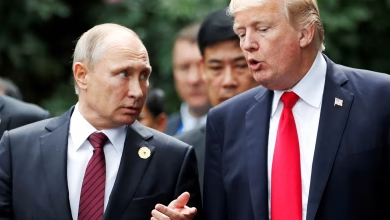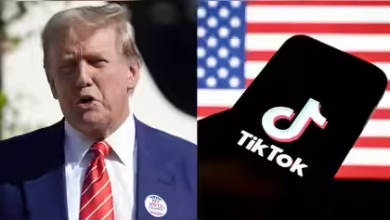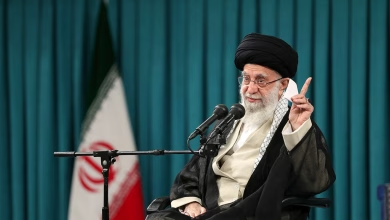U.S. and China Reach Preliminary Deal on Trade Truce Framework
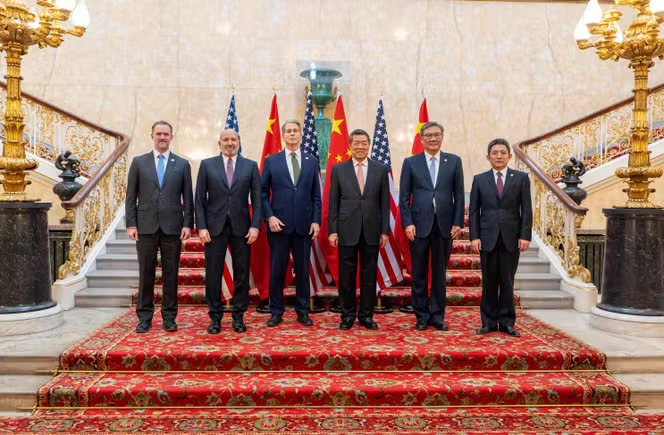
- U.S. and China reach agreement in principle to implement trade truce terms after London talks
- Trump confirms deal includes resuming rare earth exports and easing visa restrictions for Chinese students
- Both sides will now seek leadership approval before finalizing and implementing the framework
The United States and China have agreed in principle on a framework to implement their trade truce, following two days of high-level negotiations in London aimed at easing tensions and lifting export restrictions that threaten global manufacturing.
China’s top trade negotiator, Li Chenggang, said both sides had reached consensus on implementing terms previously agreed upon during talks in Geneva and a recent call between the two countries’ leaders. Speaking to reporters in London, Li said the deal outlines steps to de-escalate trade barriers, according to Chinese state broadcaster CGTN.
Former President Donald Trump confirmed the agreement on Truth Social, declaring in a post that the deal was finalized. He said both countries had committed to easing export restrictions, and that the U.S. would allow Chinese students to attend American universities, reversing a plan by Secretary of State Marco Rubio to revoke student visas.
U.S. Commerce Secretary Howard Lutnick also confirmed the deal, telling reporters the agreement would be presented to leadership in both countries for final approval before implementation.
As part of the framework, China has agreed to resume exports of rare earth minerals and magnets to the U.S.—a critical issue given China’s dominance in the rare earth supply chain. Trump said the deal includes the full resumption of rare earth supplies “up front” from China. Lutnick added that previous U.S. measures restricting rare earth imports would be lifted in a “balanced” manner.
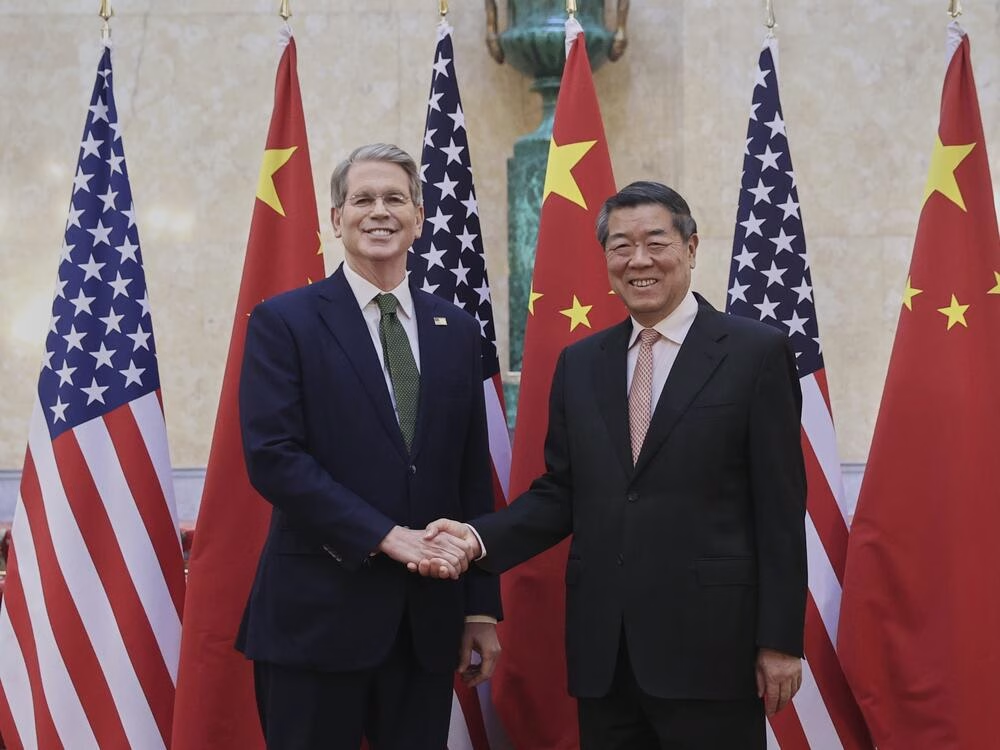
The U.S. had imposed new export controls, including bans on selling chip design software and high-end AI chips to China, in response to what it considered Beijing’s failure to honor commitments made in Geneva. However, National Economic Council Director Kevin Hassett said the administration is open to easing some chip restrictions—excluding advanced AI chips from Nvidia.
Chinese Vice Premier He Lifeng emphasized that both nations must act in good faith to fulfill their commitments and safeguard the progress made. “There are no winners in a trade war,” he said.
Trump also struck a positive tone, saying he would work closely with President Xi Jinping to expand U.S. trade with China. “This would be a great WIN for both countries!!!” he posted.
ECB President Christine Lagarde, speaking in Beijing, warned that coercive trade measures are not a long-term solution and risk sparking retaliation and global economic harm.
The talks, held at London’s historic Lancaster House, highlighted China’s strategic leverage over rare earth exports. These minerals are essential for a wide range of industries, including defense, energy, and electronics. China’s near-monopoly on rare earths has allowed it to pressure the U.S. to lift trade restrictions.
The renewed talks follow China’s sharp drop in rare earth exports—triggered by new licensing rules in response to Trump’s tariffs. Since May, U.S.-China trade friction has escalated, with both sides trading measures, including the U.S. ban on AI chips and threats to revoke Chinese student visas.
The two nations had initially agreed on May 12 in Geneva to a 90-day pause in tariffs to resolve broader issues, but continued disputes led to the London meeting. Despite the Geneva agreement, China’s exports to the U.S. dropped 34.5% in May, prompting renewed urgency.
Li described the London progress as a step toward restoring trust and fostering stable trade ties. “This will help promote the healthy development of U.S.-China economic relations,” he said.




